Rarely are people who achieve a non-traditional retirement profiled on mainstream media, and when they do it’s usually with a “omigosh look at these crazy people” type of article. So I was surprised when I ran across this couple who talk casually about saving 50% of their income and taking year-long vacations every few years on a Nationwide Insurance commercial. Via ERE Facebook page.
Further digging revealed their full names as Richard Ligato and Amanda Bejarano-Ligato, who run their own website and wrote a book Wide-Eyed Wanderers: A Befuddling Journey from the Rat Race to the Roads of Latin America & Africa in 2005. Here’s another brief description of their story from a USA Today article:
“The key is living like you did when you were a student,” says Rich Ligato, 45, who lives in San Diego. While not completely financially independent, Ligato and his wife, Amanda, stopped working steady jobs more than a decade ago. Their goal is working for three years, taking odd jobs, saving their money, then enjoying a year-long vacation break, doing something such as living in India or biking along the Western coast of the U.S. When they return, they take entirely different jobs.
Rich is currently teaching biking classes and managing an apartment, while Amanda is teaching yoga. “It’s not about money, it’s about freedom,” he says. “If you’re just driving to make things secure and safe, think about what that means. There’s nothing interesting in life. You might as well die.”
(Updated to add: I haven’t read the financial particulars of their situation, but given their 50% savings rate alone the math would say they could work one year and take the next year off if they just kept their spending rate constant. But they work 3 and take 1 year off. So even if they spend double what they do when working, then they could put away 1 year of savings for retirement, and then spend the other 2 years on their year-long vacation. That’s still more than the average person puts away (1 full year of expenses every 4 years, or 25% of their combined annual salary every year). This may be off, but roughly how I imagine it working out.)
I always get excited by stories like this; they may not be “retired” but they are living consciously and achieving their dreams. (I’m really looking for one of these stories where they have kids and travel the world.) I still bought their book and starting reading it already. Not sure how new this is, but Amazon does this neat thing now when you order a physical book, they let you start reading the beginning on the Kindle while you wait for it to arrive. Nice for us who prefer physical books but are also impatient. 😉
 In order to keep an eye our house on longer trips as well as monitor our dogs anytime, we bought Samsung WiFi cameras a while ago that stream directly to our phones. We decided not to go with Dropcam in order to avoid recurring monthly fees. Our cams only record short clips onto Google Drive upon motion detection, but it is free and they work adequately for our needs.
In order to keep an eye our house on longer trips as well as monitor our dogs anytime, we bought Samsung WiFi cameras a while ago that stream directly to our phones. We decided not to go with Dropcam in order to avoid recurring monthly fees. Our cams only record short clips onto Google Drive upon motion detection, but it is free and they work adequately for our needs.
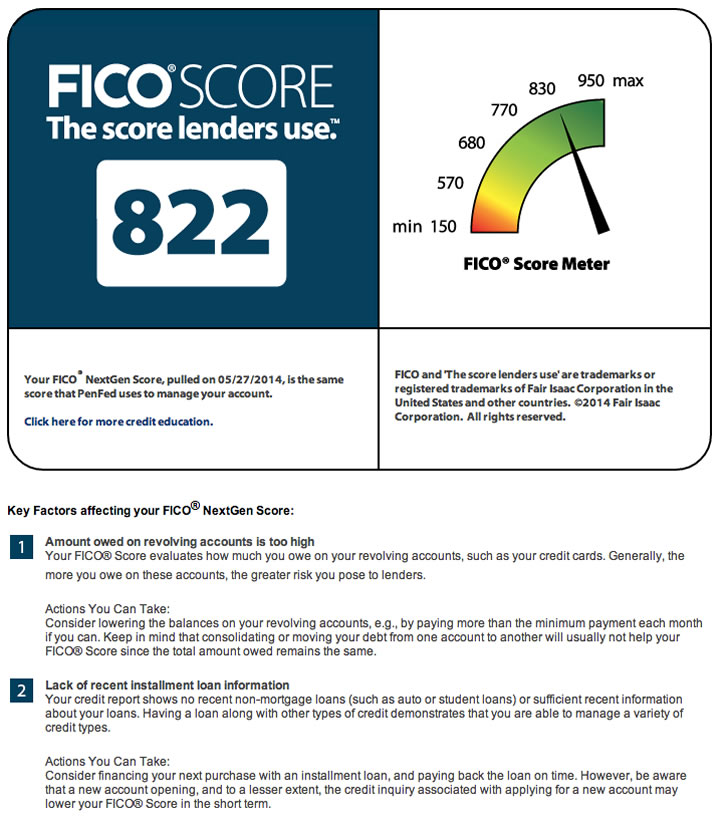
 Quizzle.com is a website that offers a free credit score and your official Equifax credit report every six months. You can now monitor your credit scores from
Quizzle.com is a website that offers a free credit score and your official Equifax credit report every six months. You can now monitor your credit scores from 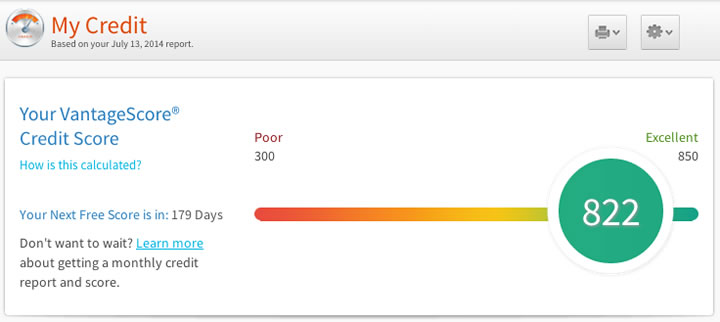
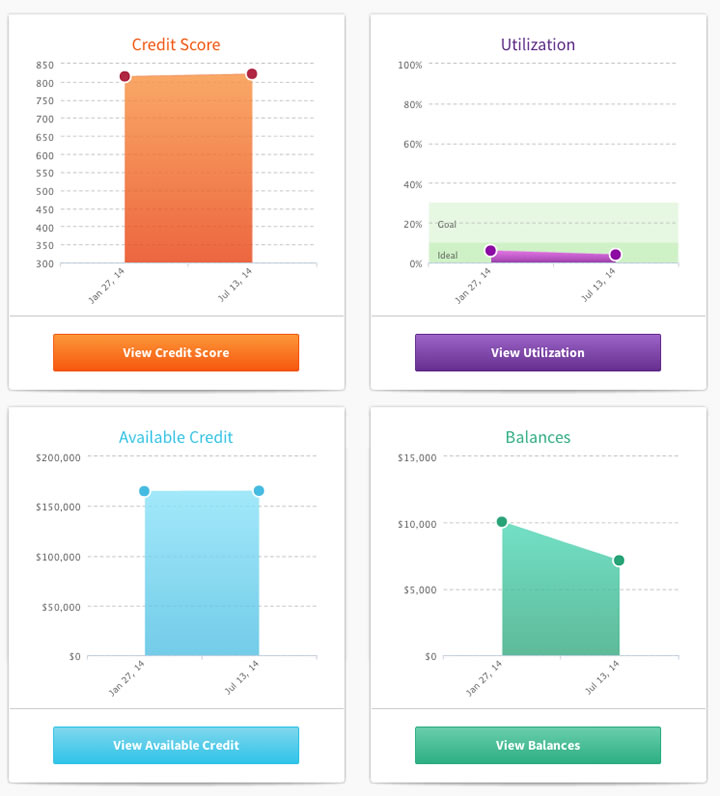

 Spirit Airlines is a budget airline that charges for things like carry-ons and printing a boarding pass at check-in. They have the highest number of complaints per passenger. But they’re cheap – they claim 40% lower on average. They are also known for controversial ad campaigns, including their most recent Hate Thousand Mile Giveaway. Basically, make a complaint about any airline and get 8,000 Spirit miles. If you don’t have one yet, you can sign up for a free account beforehand.
Spirit Airlines is a budget airline that charges for things like carry-ons and printing a boarding pass at check-in. They have the highest number of complaints per passenger. But they’re cheap – they claim 40% lower on average. They are also known for controversial ad campaigns, including their most recent Hate Thousand Mile Giveaway. Basically, make a complaint about any airline and get 8,000 Spirit miles. If you don’t have one yet, you can sign up for a free account beforehand. 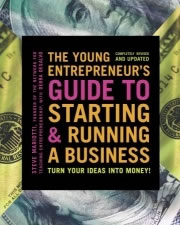 I believe that entrepreneurialism is, like many things, a combination of talent and learned skill. Some people will take to it naturally, but a great many more can become successful and independent business people with the proper inspiration and guidance. I plan to help and encourage my daughters to set up their own micro-businesses once they are teenagers, whether it is coding apps or starting a booth at the farmer’s market. Some things you can’t learn from a book.
I believe that entrepreneurialism is, like many things, a combination of talent and learned skill. Some people will take to it naturally, but a great many more can become successful and independent business people with the proper inspiration and guidance. I plan to help and encourage my daughters to set up their own micro-businesses once they are teenagers, whether it is coding apps or starting a booth at the farmer’s market. Some things you can’t learn from a book. 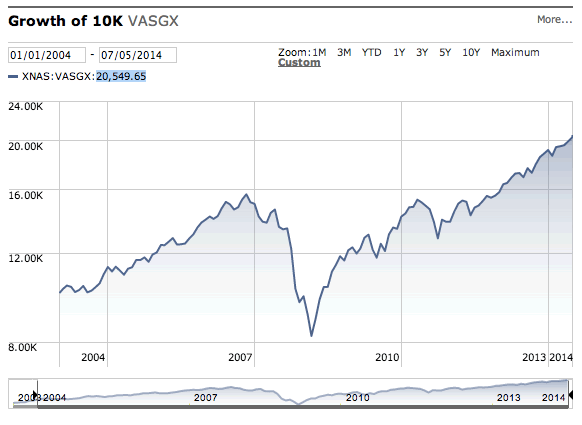
 As we celebrate the anniversary of our nation’s Declaration of Independence, I wanted to quickly share this excerpt from an article
As we celebrate the anniversary of our nation’s Declaration of Independence, I wanted to quickly share this excerpt from an article  The current “full” retirement age for Social Security is 66, although you have the option to start taking benefits at a permanently reduced rate at age 62 (did you know that
The current “full” retirement age for Social Security is 66, although you have the option to start taking benefits at a permanently reduced rate at age 62 (did you know that 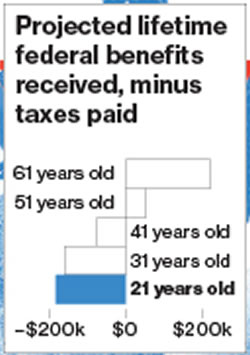
 The Best Credit Card Bonus Offers – March 2024
The Best Credit Card Bonus Offers – March 2024 Big List of Free Stocks from Brokerage Apps
Big List of Free Stocks from Brokerage Apps Best Interest Rates on Cash - March 2024
Best Interest Rates on Cash - March 2024 Free Credit Scores x 3 + Free Credit Monitoring
Free Credit Scores x 3 + Free Credit Monitoring Best No Fee 0% APR Balance Transfer Offers
Best No Fee 0% APR Balance Transfer Offers Little-Known Cellular Data Plans That Can Save Big Money
Little-Known Cellular Data Plans That Can Save Big Money How To Haggle Your Cable or Direct TV Bill
How To Haggle Your Cable or Direct TV Bill Big List of Free Consumer Data Reports (Credit, Rent, Work)
Big List of Free Consumer Data Reports (Credit, Rent, Work)